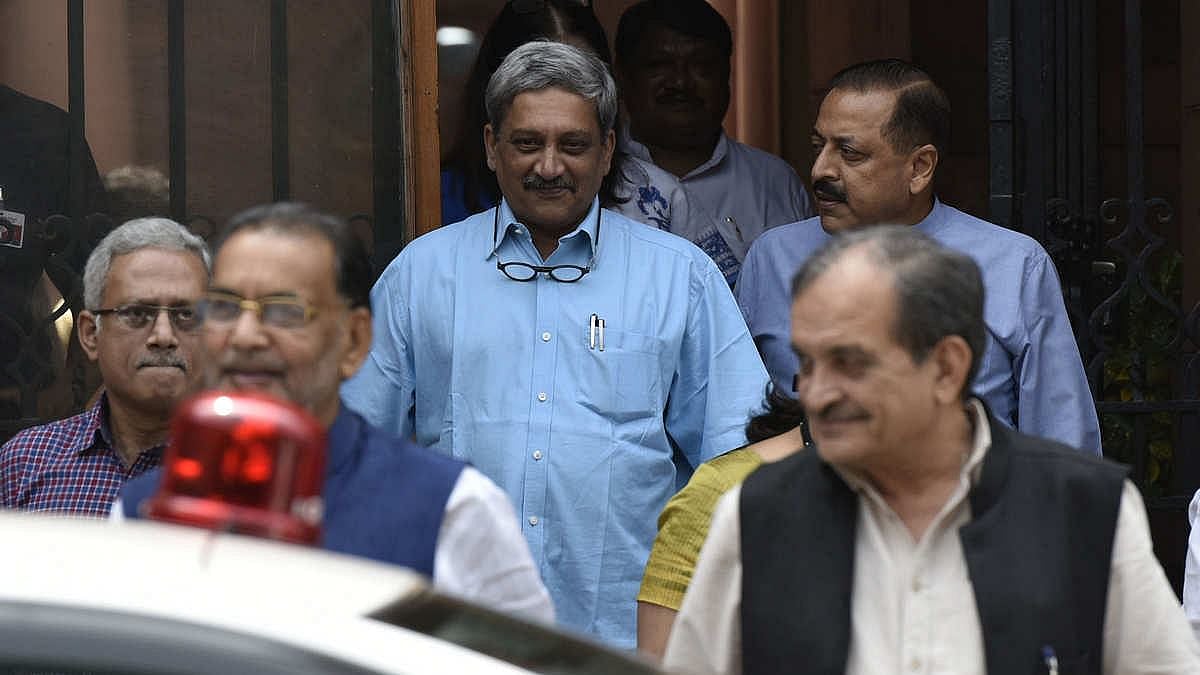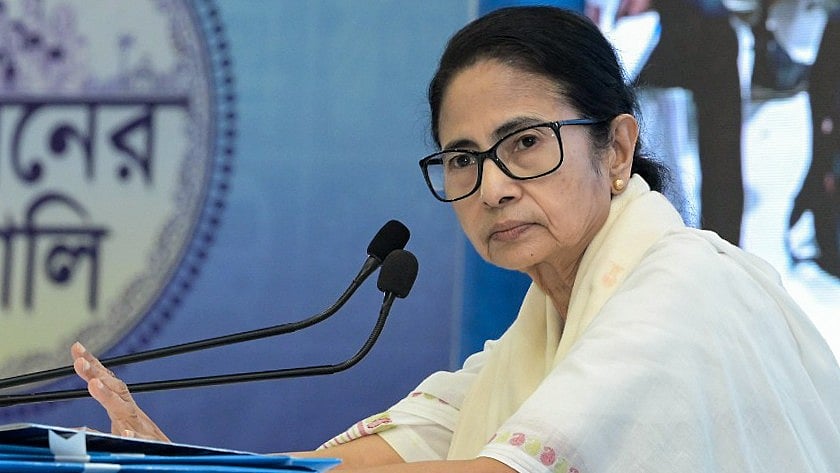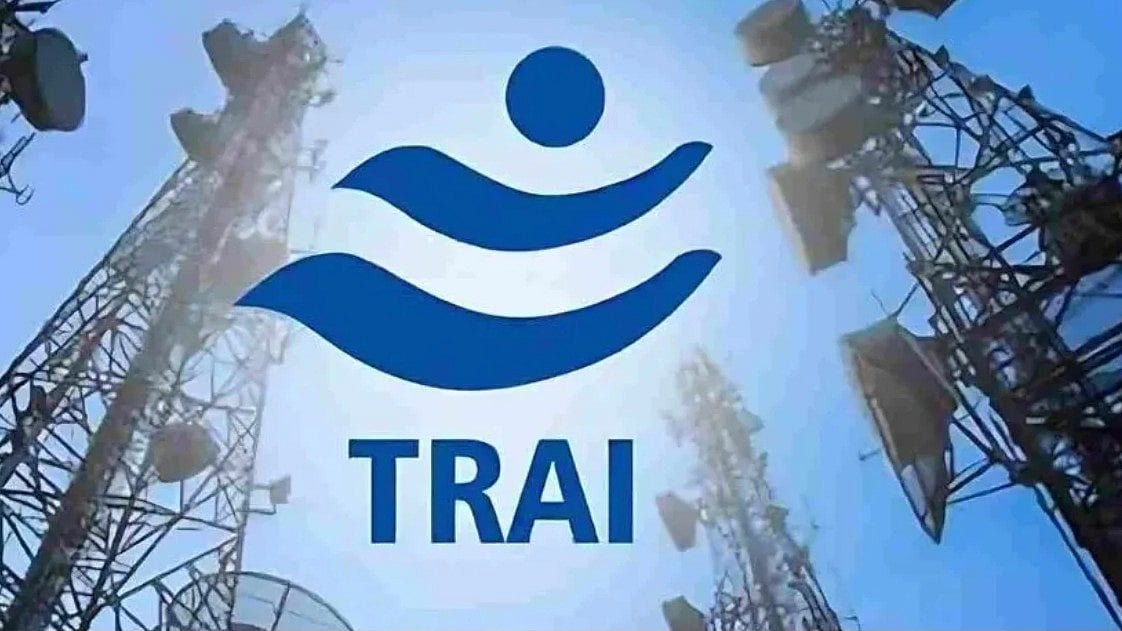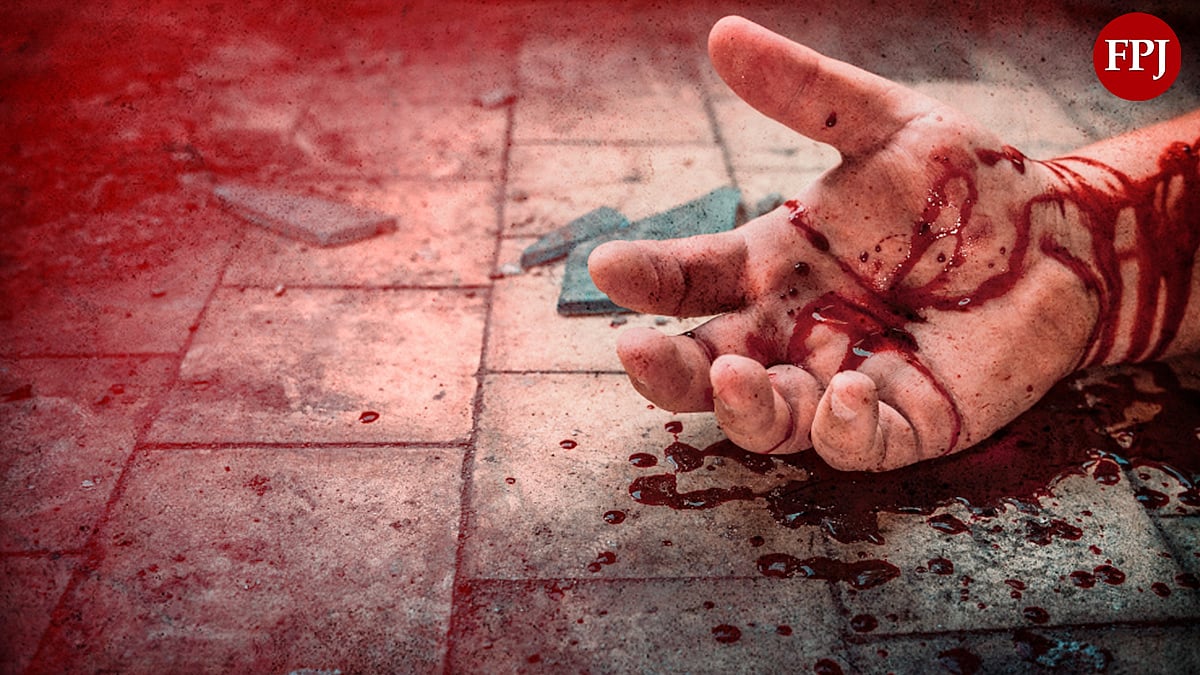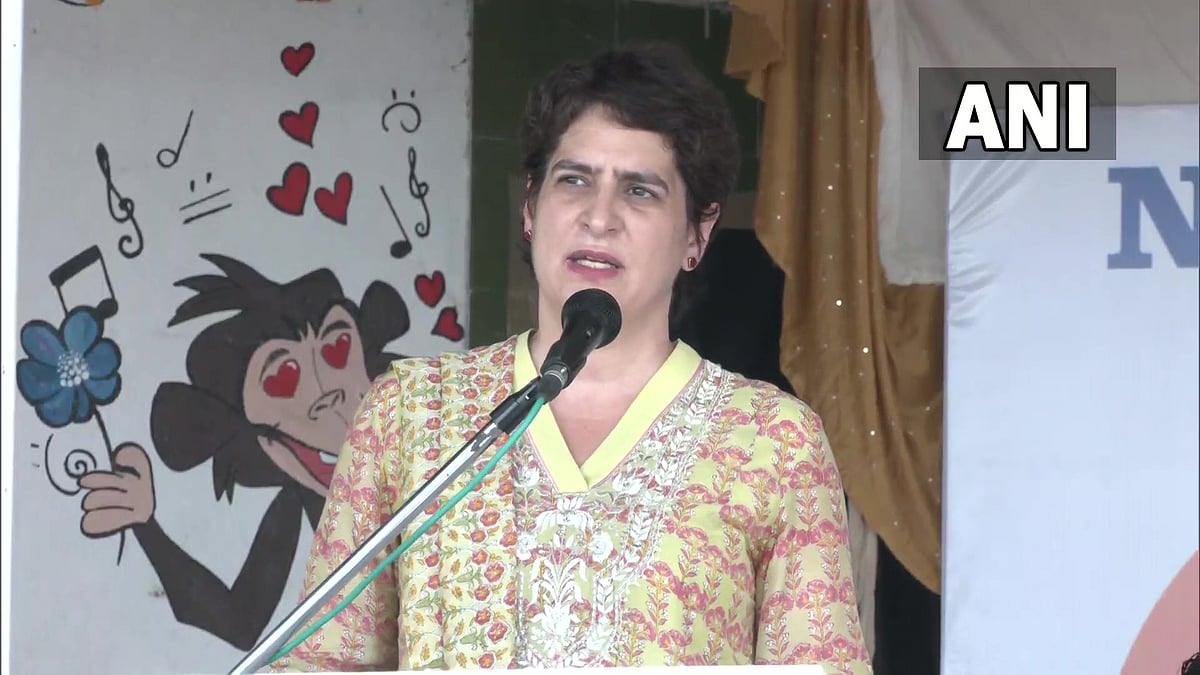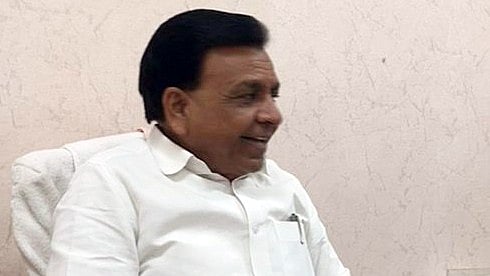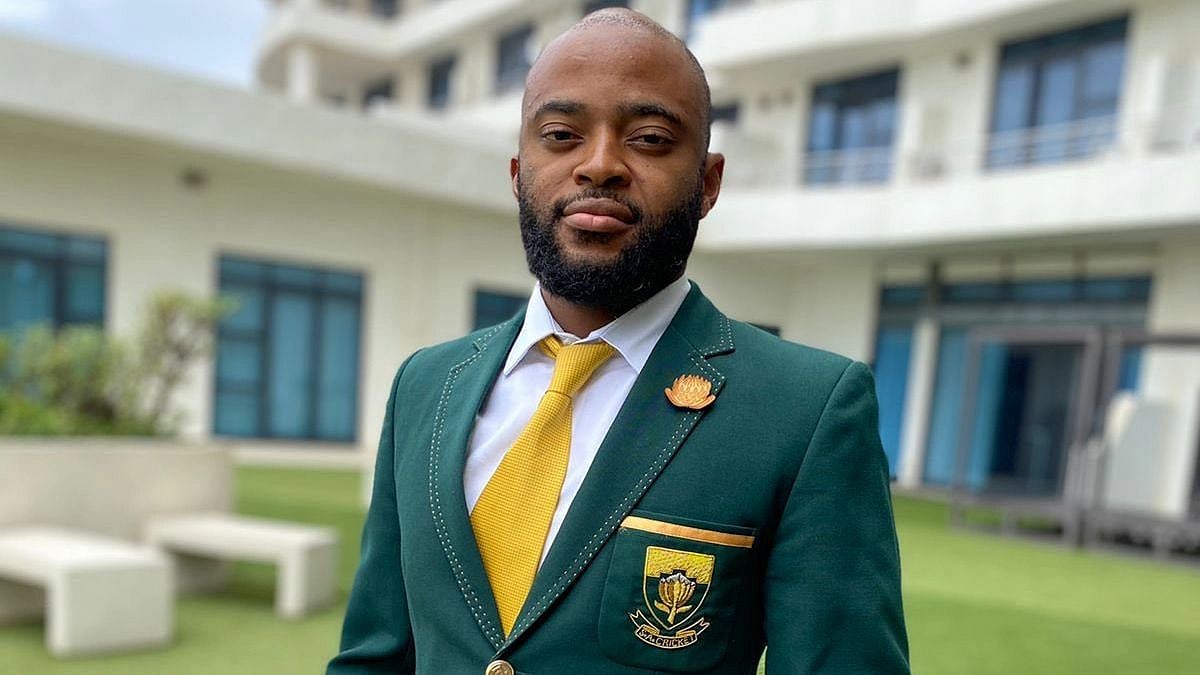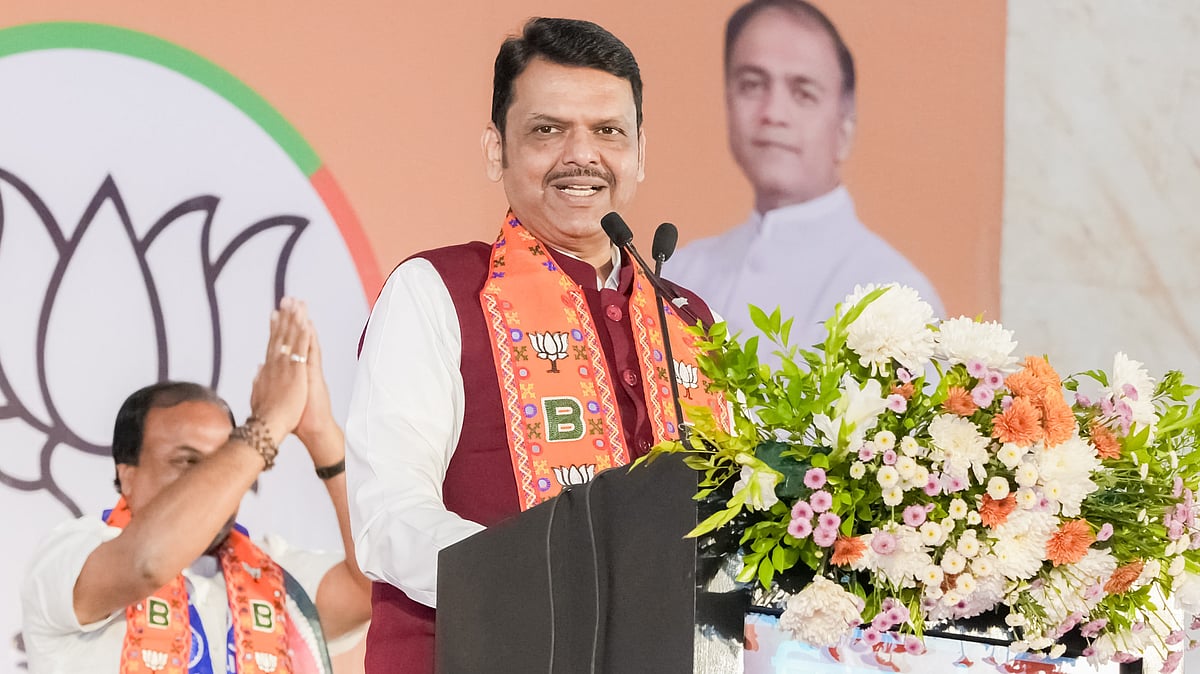Goa is the smallest Indian state to go to the polls on February 14. It is also a prosperous state with the highest per capita income, a high literacy rate and an impressive record in key human development index measures. While it has had a good rate of development, which has placed the tiny coastal state in the upper spectrum of the good governance indices, it may have performed even better had there been more stability in its politics. With the last six decades of its electoral history marked by political volatility, shifting alignments and defections, Goa is not only one of the most politically unstable states, its politics has been dominated by personalities more than parties.
Since its liberation from Portuguese rule in 1961, Goa’s politics has been defined by precarious governments, varying spells of President’s rule, alternating dispensations, unstable alignments and realignments. Over the last six decades, Goa has had 30 governments and 16 chief ministers, with many doing two or more stints and some holding office for barely a month or less. Eleven of the 30 governments have had a tenure of less than one year and another three governments lasted less than two years. Only three governments have run a full, five-year term, each.
Over the last few months, in the run-up to the polls, Goa has witnessed freeway political traffic once again, with over 15 MLAs from its 40- member assembly resigning and changing political affiliations. It is hardly surprising, therefore, that candidates of the Congress party took a loyalty pledge in the presence of Rahul Gandhi last week. Earlier, the Aam Aadmi Party also made its candidates sign affidavits swearing they would not take a bribe or defect. If defections have become almost a home-grown tradition in Goa, the Congress has been stung hard by them in the last five years, with its tally in the 40-seat assembly being reduced to just two in 2022 from 17 in 2017.
Frequent defections are said to be the result of dominance of personalities over parties in Goa politics, with individual leaders using political machinations to gain power. As a result, political parties cannot create much goodwill among voters, as they often support individual leaders to topple existing governments and come to power on the backs of personalities. This is because for years, individual politicians have cultivated Goa’s constituencies as their personal fiefdoms and as a result, political parties have lured candidates on the basis of their potential winnability. Given that Goa is a very small state with a population of just 14.85 lakh (according to the 2011 Census), assembly constituencies in the state each have about 25,000 to 30,000 electors. This has helped politicians establish a direct connect and personal rapport with voters, which is said to be the prime reason behind the existence of individual-led political fiefdoms.
Not only do Goa’s colonial past and post-liberation politics differ from the rest of India but also its unique identity and political environment since its transition from a Union Territory to a full state in 1987. From 1963, when the first government of the Union Territory of Goa, Daman and Diu was administered the oath of office under its first chief minister and the Maharashtrawadi Gomantak Party (MGP) founder, Dayanand Bandodkar, to 1973, the decade belonged to Bandodkar and his MGP. In the 30-member assembly, the main opposition party during the decade was the United Goans Party, under the leadership of Dr Jack Sequeira.
After Bandodkar’s sudden demise in 1973, his daughter Shashikala Kakodkar succeeded him; she continued in her post till 1979 when her government collapsed. Incidentally, it was during her tenure that the proposal for the statehood of Goa was mooted. But after 1979, Goa’s politics became unstable and susceptible to defections, mergers, alliance switches and the collapse of governments. In 1980, the Congress party emerged on Goa’s political scene, with Pratapsingh Rane switching from the MGP to the Congress, to become its first chief minister. The 1980s belonged to Rane and the Congress; the decade also witnessed a major agitation to make Konkani an official language. The agitation also paved the way for the movement for statehood for Goa, which it attained in 1987.Three years later, Rane’s government was toppled by a group of seven MLAs led by the then Speaker Dr Luis Proto Barbosa; he formed the Goa People’s Party (GPP), after breaking away from the Congress following the denial of ministerial berths. While the first election for the Goa assembly after it got statehood was held in 1989, in five years, the state had seven chief ministers. The trend of precarious coalitions and defections continued through the 1990s. In 2000, Manohar Parrikar became the chief minister of Goa by forming a BJP-led coalition government with the MGP. But for almost 12 years, political uncertainty continued in the state, till Parrikar steered the BJP to power with a full majority in 2012.
He became the chief minister but resigned in 2014 to join the Central government as India’s defence minister. He was succeeded by Laxmikant Parsekar, who served as the CM till the 2017 assembly elections. While several leaders from various parties had switched to the BJP in the run-up to the 2017 assembly poll, the BJP won only 13 seats. The Congress emerged as the single largest party with 17 seats, but it was out manoeuvred by the BJP, which stitched up a coalition government. In 2019, ten Congress MLAs and two from the MGP defected to the BJP, calling it a ‘merger’ of their legislative parties with the BJP. This gave the BJP a full majority with 27 MLAS.
Now, once again, Goa is set for another fierce electoral battle. Along with traditional contenders like the Congress, BJP, MGP and Goa Forward Party in the fray, a slew of new entrants like the AAP and TMC are contesting the election, which is predicted to be a close contest between the Congress and BJP. But the question remains: will the election outcome bring political stability in the state?
The writer is an independent Mumbai-based senior journalist
